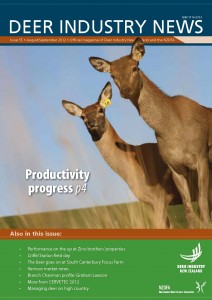A recent Rabobank report, published in the Netherlands, shows what has been evident to New Zealand’s processors and exporters for some time: that by-products – more usually known as co-products here – are returning to centre-stage and becoming a more important part of the carcase.
Over the last few years, the valuation of the animal carcase has shifted from prime cuts to processing cuts and fifth quarter products, the bank says. This is driven by changing consumer preference for processed products, fast-rising economic welfare and preference for animal co-products in Asia, new applications for animal co-products and lower availability of sow meat. The report by analyst Albert Vernooij suggests the trend will be permanent and will impact the business models of almost all players in the global meat industry.
“The impact of this shift in carcase valuation will be different for slaughterhouses, the further processing industry and dedicated companies active in the different parts of the by-product industry,” he says. “For slaughterhouses, the focus will increasingly move towards capturing the value of fifth quarter products, which might lead to forward integration in these activities.”
Vernooij puts the rise in price of cuts and co-products of cattle and hogs down to five main developments: growing economies in developing countries including the opening of the Chinese market for imports; the economic crisis which has caused consumers to trade down to cheaper products; the growth of convenience products with more women entering the workforce; consumers having less time to cook, and increased grazing; the growing number of applications for animal co-products in the pharmaceutical and cosmetic industries; and the decline in the sow herd in both the US and the EU.
He suggests that the further processing industry could be forced to change their raw material sourcing to other products or enter into long-term supplier contracts to safeguard supply. For dedicated processors, competition will increase which will urge them to strengthen their positions in the chain.
Generally, as affluence rises consumers move towards cuts, rather than co-products. However, as most co-products are considered a delicacy in Asia they should remain on menus in the long-term. Coupled with the growing number of applications for fifth quarter products Rabobank believes this will result in continued strong demand and the shift in carcase valuation will be permanent.

